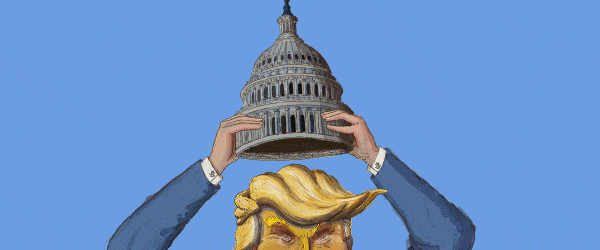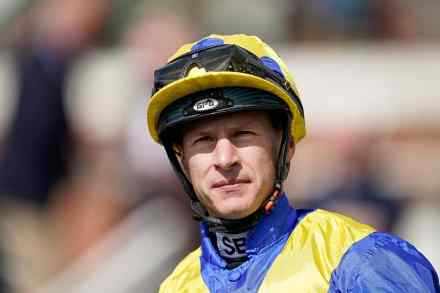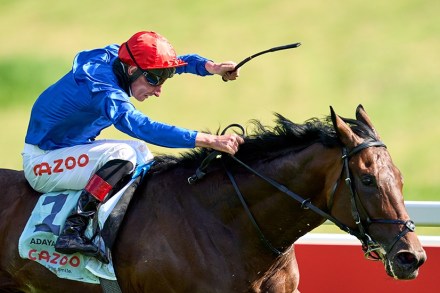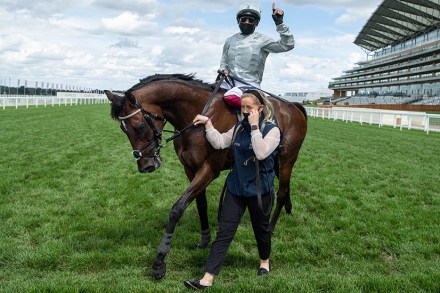The joy of jump-racing
When famous folk die you sometimes fish for memories of any encounter you may have had with them. The memorial service for Nigel Lawson spurred no memory-searching for me. I will never forget meeting him at around 4 a.m. on the pavement outside The Grand in Brighton on 12 October 1984, surrounded by blue police tape and with emergency service sirens blaring following the IRA’s attempt to blow up Margaret Thatcher’s cabinet at that year’s Conservative party conference. He was in pyjamas and a blue, braided dressing-gown; I was still in my suit having fortunately walked out of The Grand about half an hour before the bomb went off. I










